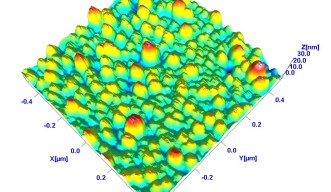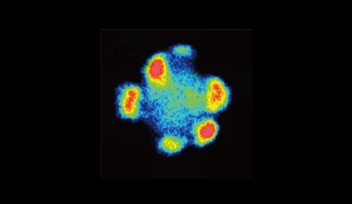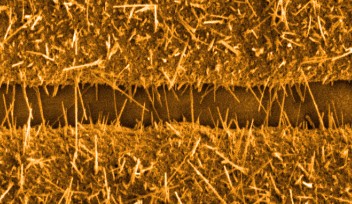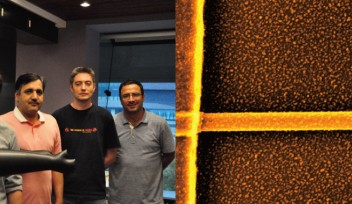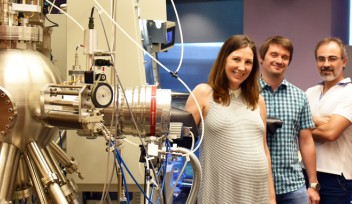Nano-Engineering Electrodes to Give Tiny Generators a Boost
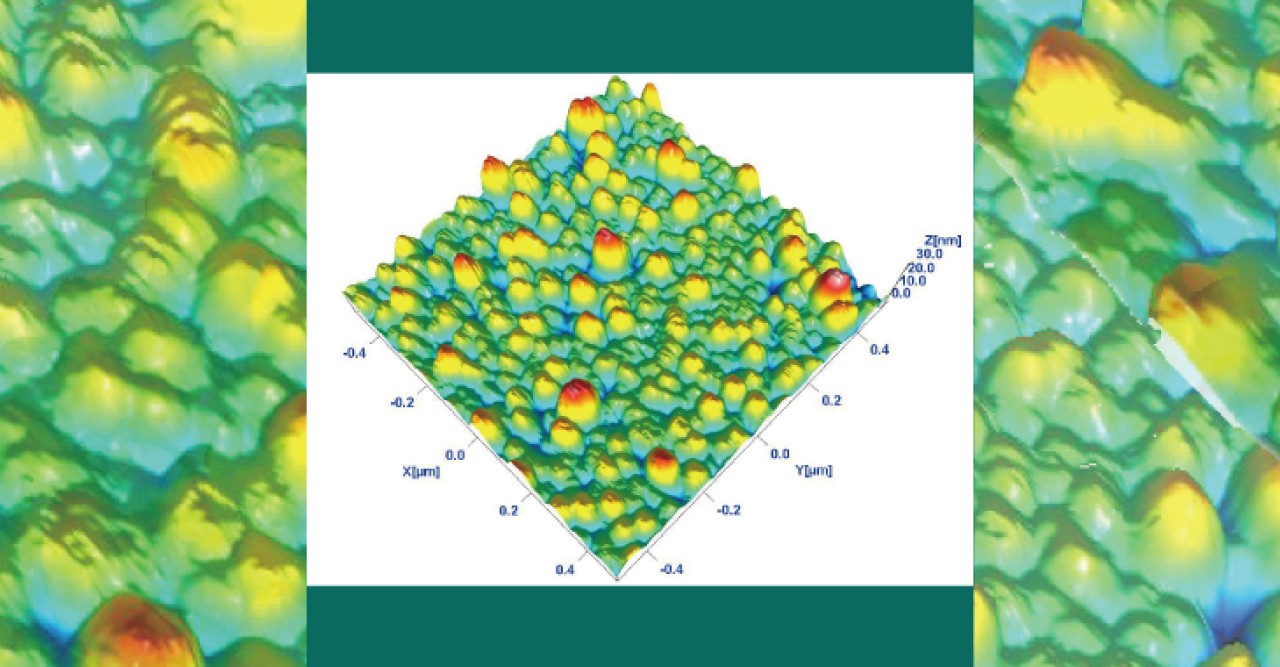
Could our waste be part of the answer to humanity’s energy problems? Some researchers think so, thanks to bacteria that chow down on everything from sewage to heavy metals and give off electricity as one of their own waste products.
But as with many great ideas, the devil is in the details. OIST’s Biological Systems Unit is one of the research groups now working on making waste-fueled microbial fuel cells (MFCs) cheap and efficient enough for real-world applications.
One great challenge in achieving that goal is designing sturdy, cheap electrodes for MFCs that conduct electricity well, resist corrosion, and won’t poison bacteria that cling to their surfaces. To this end, the Nanoparticles by Design Unit is working with the Biological Systems Unit to build and test new types of nanoparticle-studded electrodes. The idea is to coat a core of cheap material with a very thin layer of a more expensive, biocompatible metal, then stick the resulting nanoparticles onto the surface of a carbon electrode. In addition to harnessing the properties of the expensive metal at minimal cost, this will increase the surface area of the electrode so that it can host more electricity-generating bacteria.
Other researchers have found that nanoparticle-studded carbon electrodes increase the electricity output of MFCs up to 20-fold compared with plain carbon electrodes; Nanoparticles by Design Unit head Mukhles Sowwan hopes to increase this by experimenting with different sizes, compositions, and methods of pinning the nanoparticles to the electrode surface. Says Sowwan, “I believe that this innovative multidisciplinary approach in applying cutting-edge research could lead to the development of efficient microbial fuel cells.”
Specialties
For press enquiries:
Press Inquiry Form










